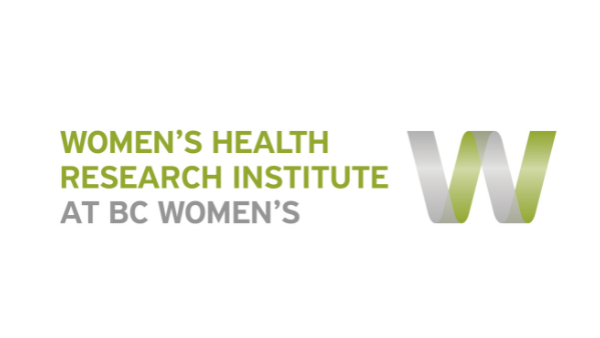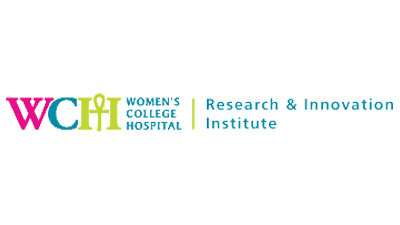New data reveals cost of Canada’s women’s health funding gap – and how to address it
Despite making up more than half of Canada’s population, women continue to be underserved by our health research system – and the data proves it. The facts reveal a stubborn reality Canada is underinvesting in research that could dramatically improve the lives of women, trans, and non-binary people. Two recent reports underscore the urgency of this gap. The first, from the McKinsey Health Institute (MHI) shows that closing the women’s health gap in Canada could unlock $37 billion annually by 2040. The second, published in the Biology of Sex Differences, reveals that over 15 years of major Canadian health research funding, only about 7% of funded grants focused on female-specific health questions – and this share hasn’t meaningfully increased.
Why This Matters
Women in Canada spend roughly 24% more time than men in poor health or living with disability, according to MHI’s analysis. That not only affects individuals and families, but it also impacts economic productivity, workforce participation, and social resilience. In fact, the McKinsey team estimates that closing this health gap could add seven healthy days per woman per year and translate into a $37 billion boost to the Canadian economy.
Yet, as Biology of Sex Differences demonstrates, only a small fraction of research funding is directed at women’s health in a meaningful way. Female-specific studies accounted for ~7% of all funded grant abstracts over 15 years, and among those, many focused just on breast or gynecologic cancers. The breadth of research failed to reflect the full spectrum of women’s health issues – from cardiovascular disease and diabetes to mental health and musculoskeletal disorders – all disproportionately affecting women but receiving minimal research investment.
The Disconnect: Investment vs. Opportunity
These findings reveal an important disconnect. On one hand, the economic and social opportunity from improving women’s health is massive. On the other, the research investment needed to generate breakthroughs remains profoundly limited.
Why does this matter?
- Without adequate research funding, conditions with high burdens for women remain understudied, underdiagnosed, and undertreated.
- Interventions developed predominantly for men often fail to address women’s unique physiological, metabolic, and hormonal differences, slowing progress and deepening disparities.
- Early-career researchers, particularly those focusing on women’s health, face unstable support and limited pathways, threatening the pipeline of innovation.
What Canada Is Doing and What Must Come Next
There are glimmers of progress. The Canadian Institutes of Health Research (CIHR) has mandated sex- and gender-based analysis (SGBA+) in funding applications in 2010, and the number of funded grants that mention “sex or gender,” doubled between 2020 and 2023. The McKinsey report highlights that Canada’s researchers, institutions, and healthcare system have the capacity to act, ranking among the top economies globally.
But progress is still slow. The female-specific research share hasn’t budged past ~7%. And diseases that affect women disproportionately or differently, like cardiovascular disease, depression, dementias, headache disorders, musculoskeletal disorders, receive research attention far below what their burden demands.
A Way Forward: Pillars for Investment and Impact
To seize the $37 billion opportunity and close the women’s health gap, we need a national women’s health strategy with strong research and data pillars:
- More dedicated funding for women’s, trans and non-binary health research:
- Data and measurement: Improved sex-, gender-, and ethnicity-disaggregated data to uncover gaps, track progress, and guide investment.
- Expanded research breadth: Growing the range of women’s and female-specific health research topics and responding to the knowledge gaps that create the highest burden of ill-health among women, trans, and non-binary people.
- Support for knowledge mobilization and research translation: Ensuring that findings reach policymakers, clinicians, community organizations, and the people they serve.
- Leadership and pipeline building: Mentoring the next generation of women’s health researchers, supporting diversity and inclusion, and strengthening networks across institutions and communities.
Why This Matters Now
Canada cannot build its strongest economy unless it optimizes the health of 51% of the population and closes the women’s health gap. When women receive the prevention and healthcare that they need and deserve, everyone benefits. Investing in women’s and female-specific health research is good science and smart public policy.
Learn More
- Closing the women’s health gap: Canada’s $37 billion opportunity by the McKinsey Health Institute.
- Women’s health research funding in Canada across 15 years suggests low funding levels with a narrow focus from the Biology of Sex Differences.

The Partnership for Women’s Health Research Canada uses the term women to refer to all people who identify as women. We use trans and non-binary as umbrella terms to refer to people with a wide range of gender identities that are different from the gender they were assigned at birth.
This is a living document and we welcome feedback. For more information or to provide input, please contact communications@pwhr.org
Follow Us:
Copyright © 2025 Partnership for Women’s Health Research. All rights reserved.




